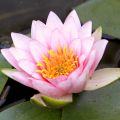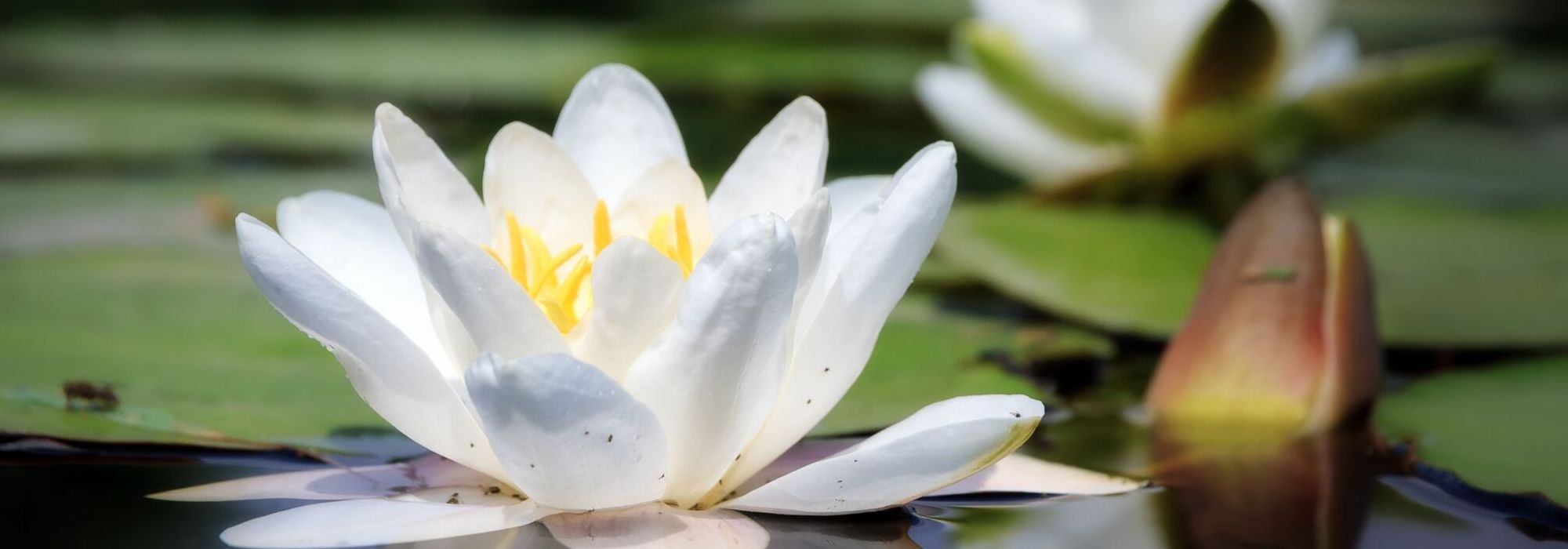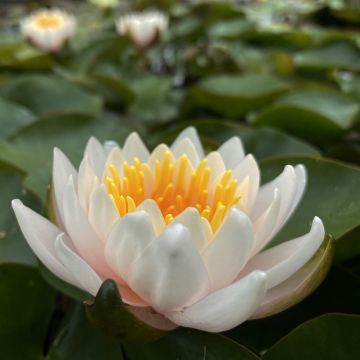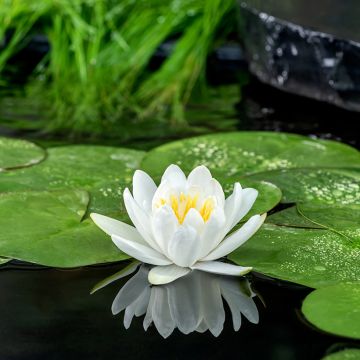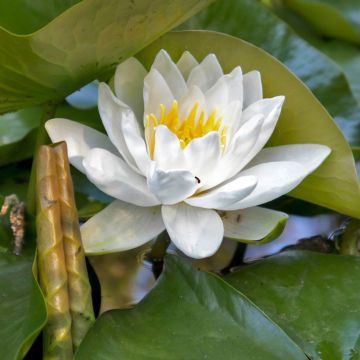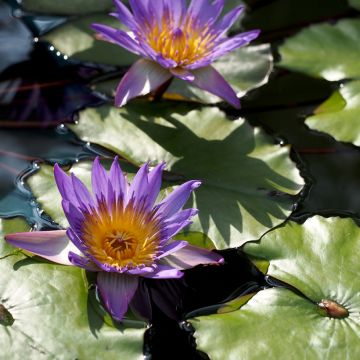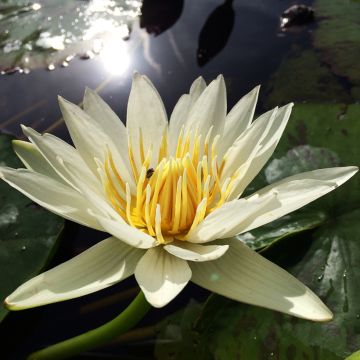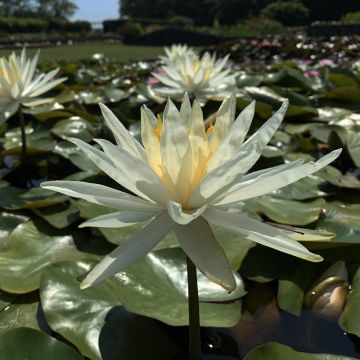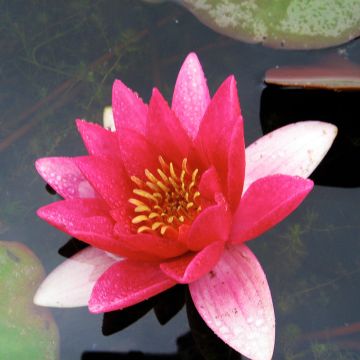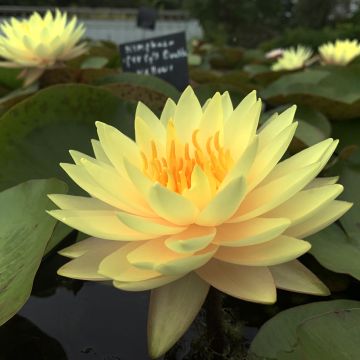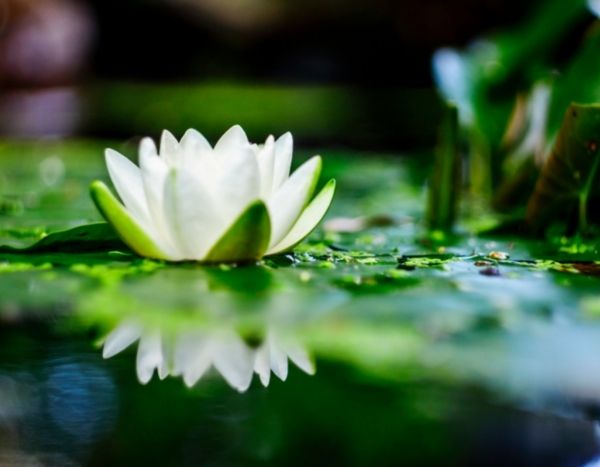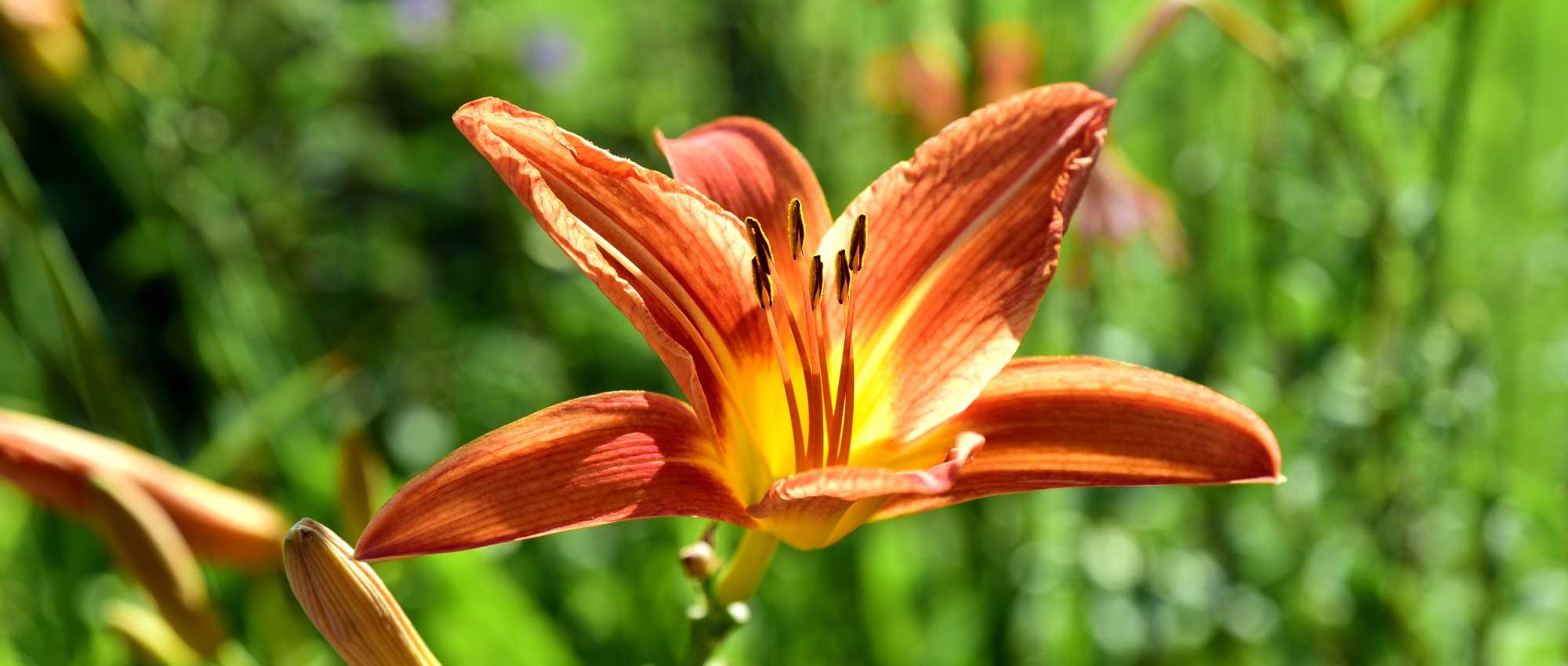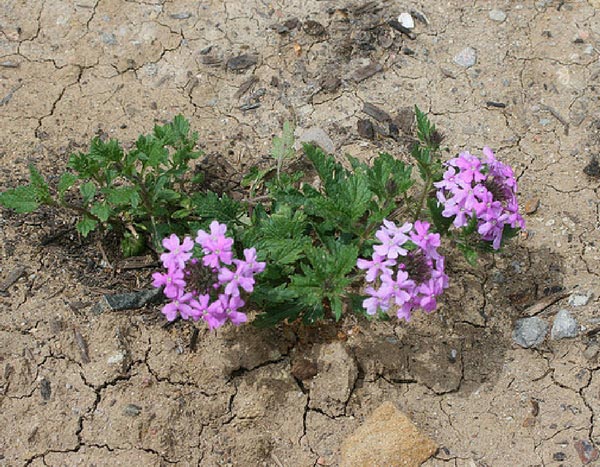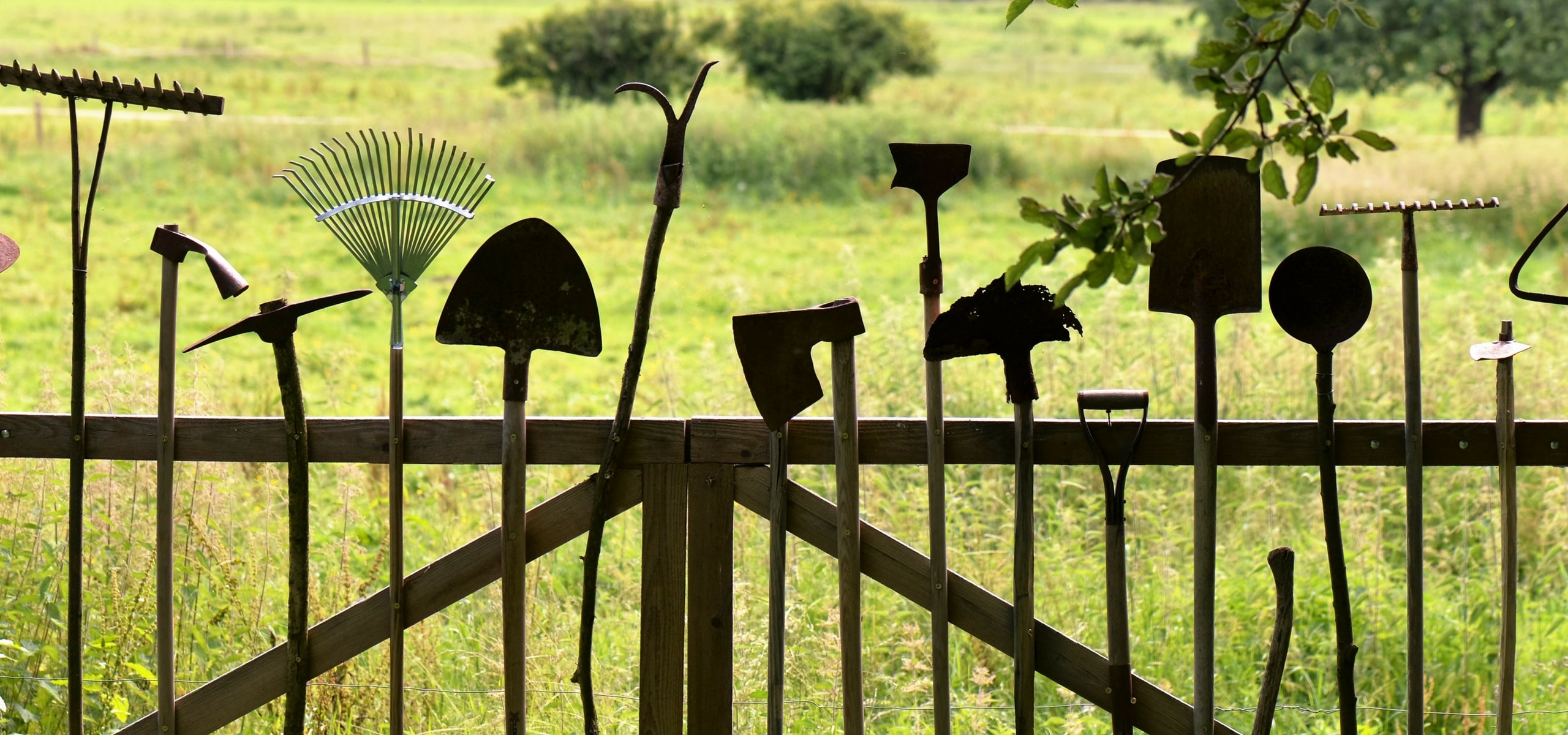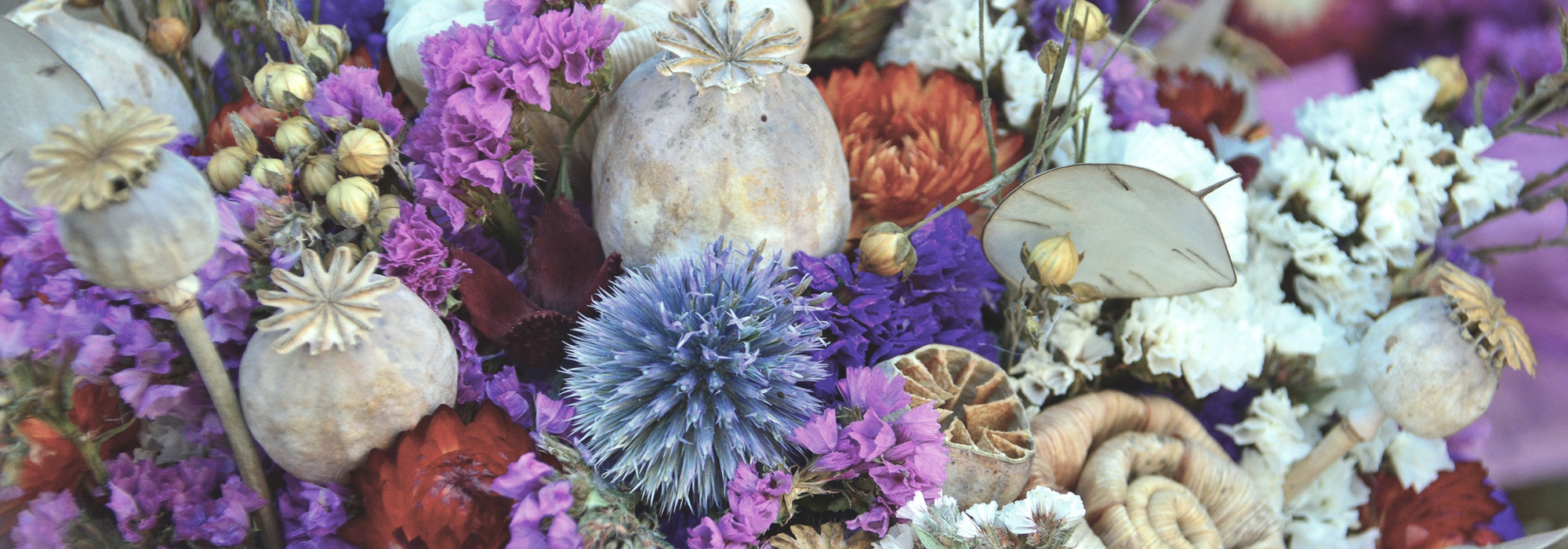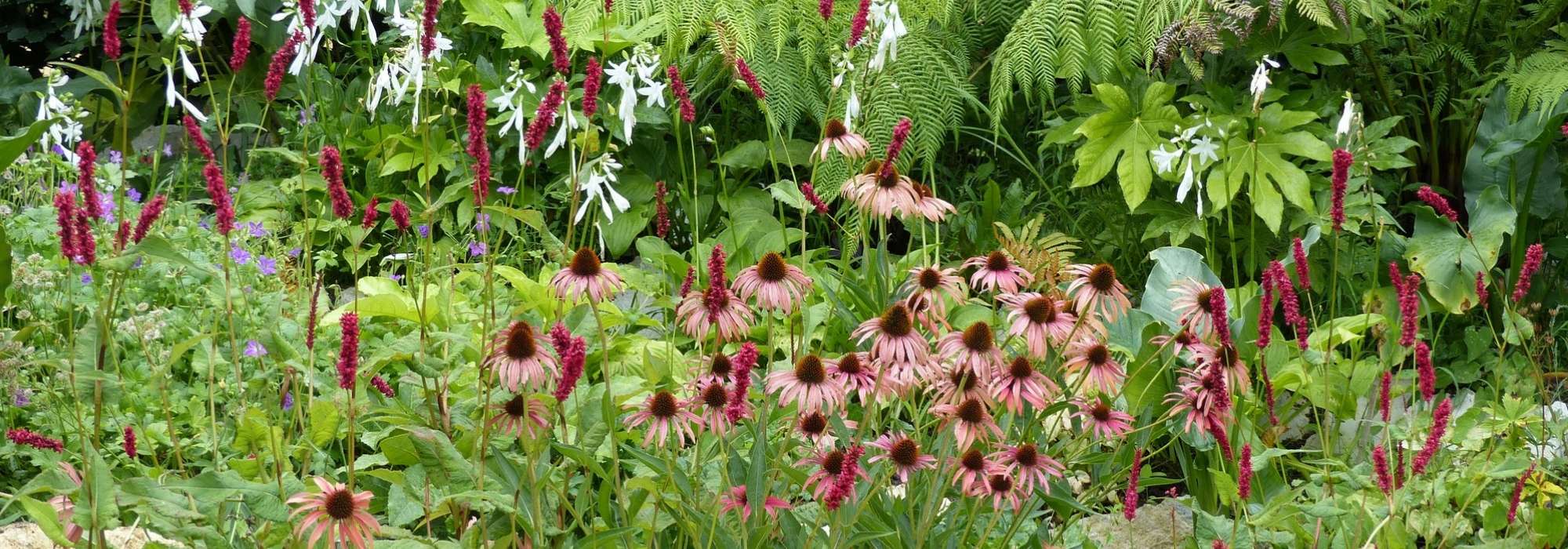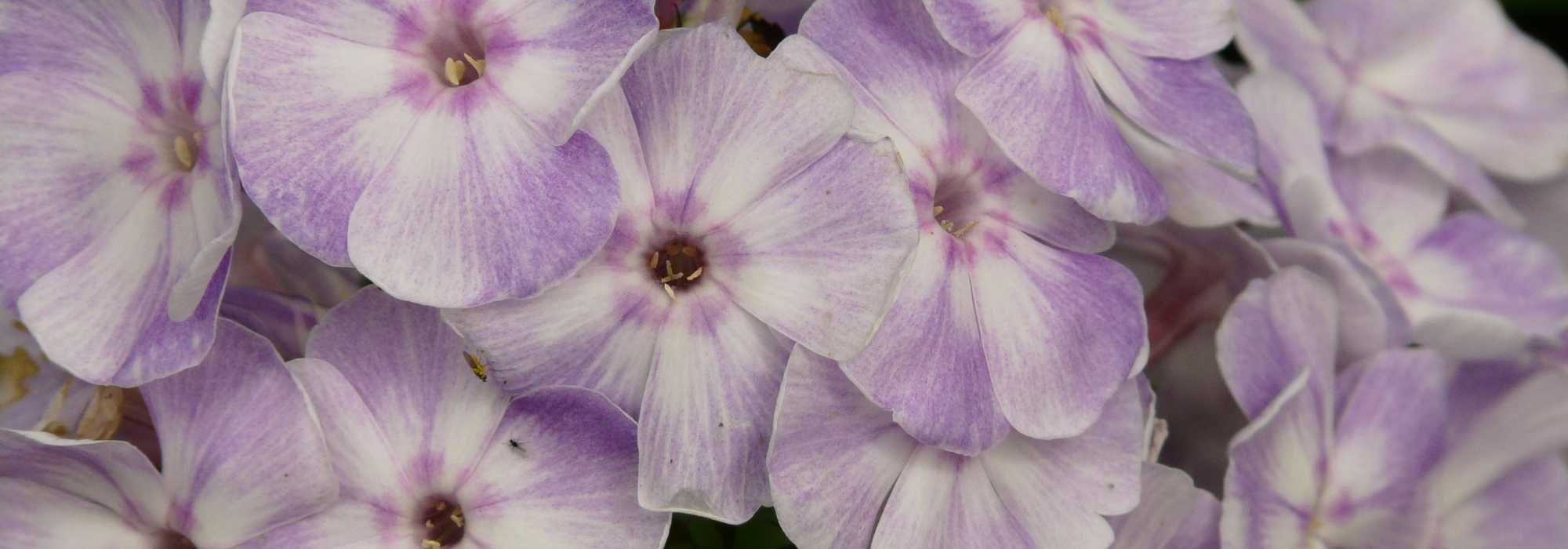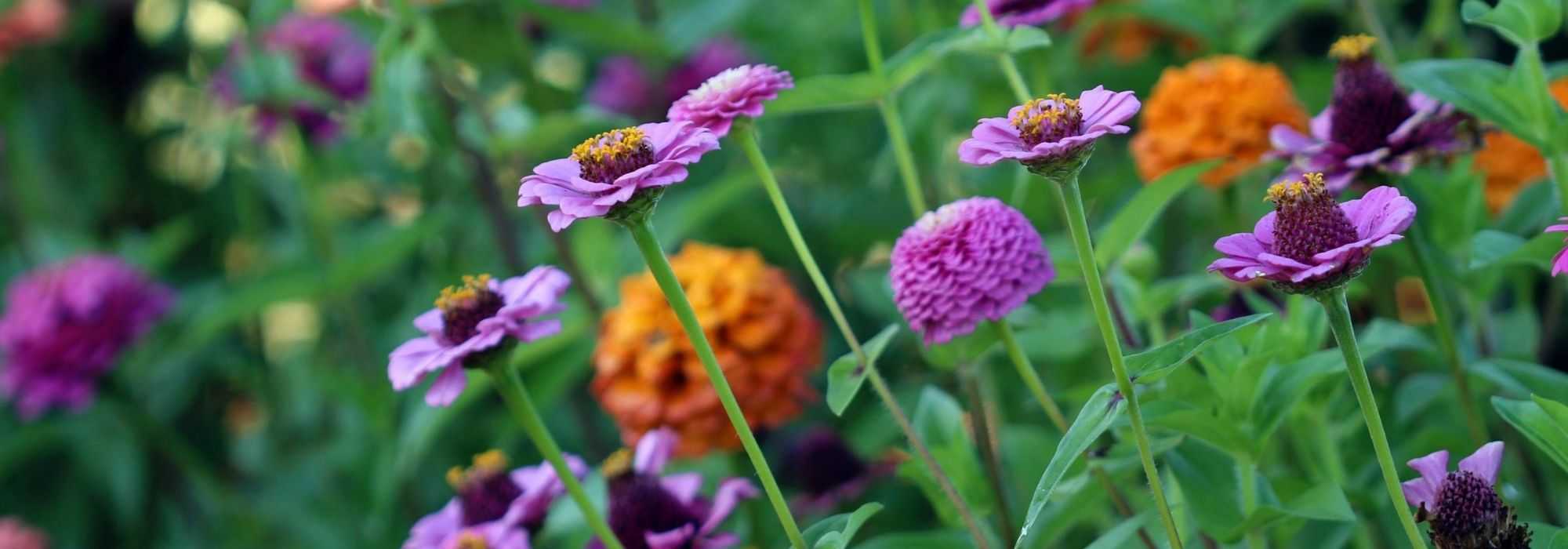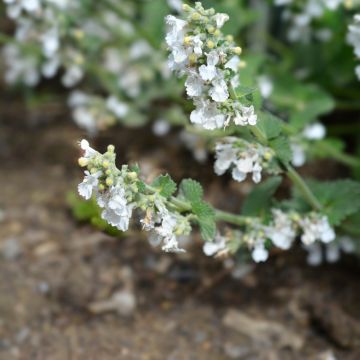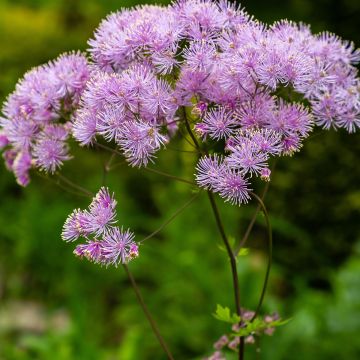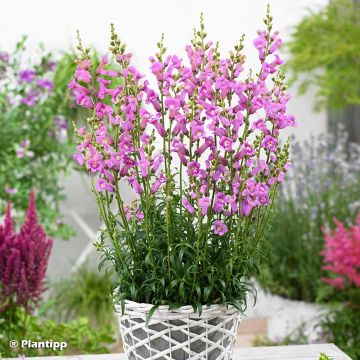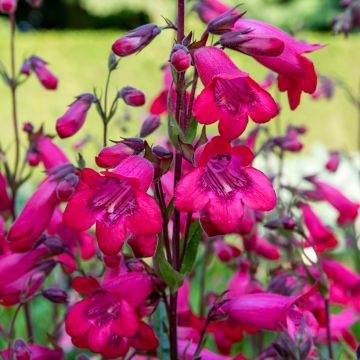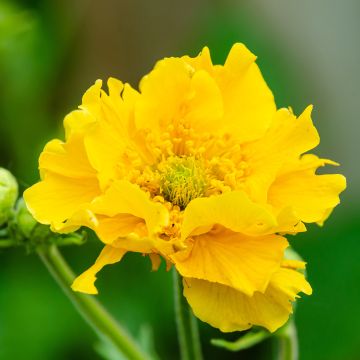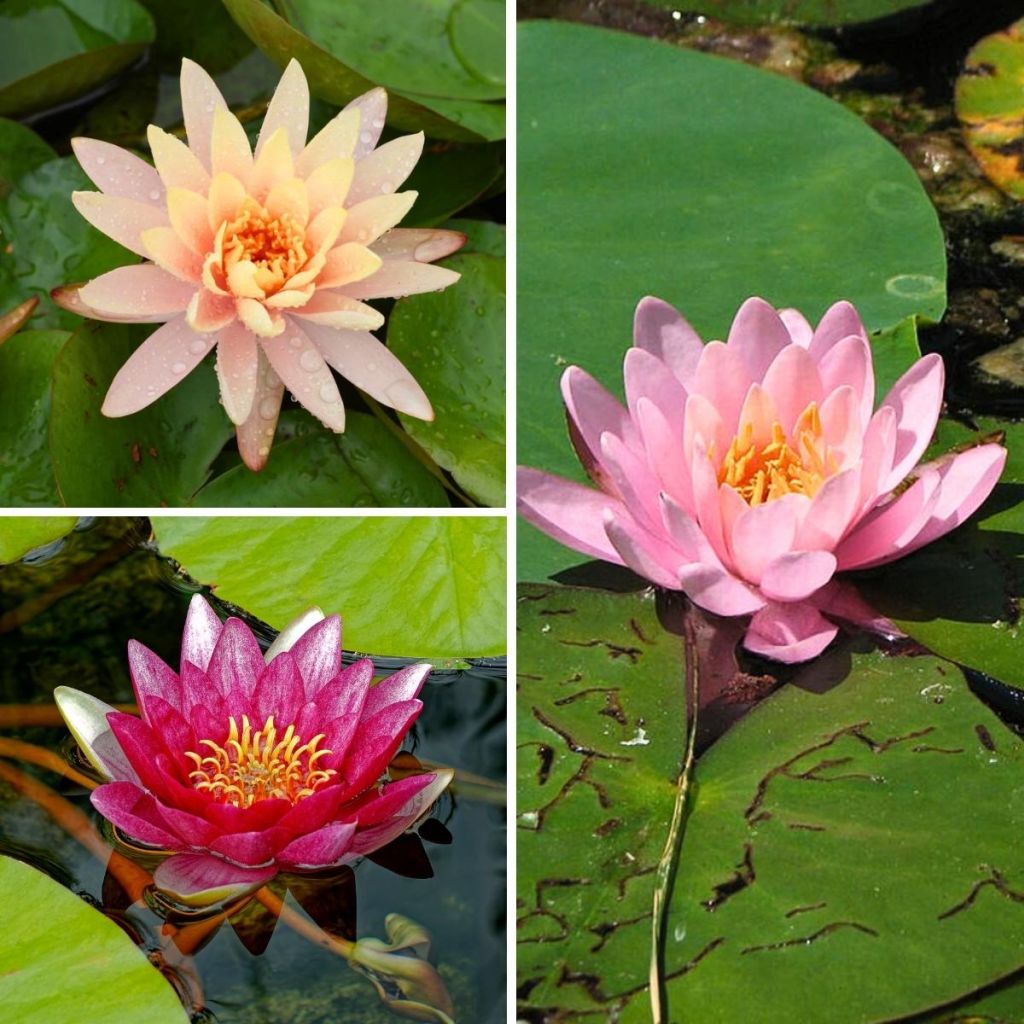

Water lilies Collection
Water lilies Collection
Nymphaea (x) hybrida Attraction, Aurora, Fabiola
Very disappointed, not a pretty plant. I'm waiting to see if it will start or not.
Karine, 11/02/2024
Special offer!
Receive a €20 voucher for any order over €90 (excluding delivery costs, credit notes, and plastic-free options)!
1- Add your favorite plants to your cart.
2- Once you have reached €90, confirm your order (you can even choose the delivery date!).
3- As soon as your order is shipped, you will receive an email containing your voucher code, valid for 3 months (90 days).
Your voucher is unique and can only be used once, for any order with a minimum value of €20, excluding delivery costs.
Can be combined with other current offers, non-divisible and non-refundable.
Home or relay delivery (depending on size and destination)
Schedule delivery date,
and select date in basket
This plant carries a 12 months recovery warranty
More information
We guarantee the quality of our plants for a full growing cycle, and will replace at our expense any plant that fails to recover under normal climatic and planting conditions.
Would this plant suit my garden?
Set up your Plantfit profile →
Collection items (3 plants)
Description
The collection consists of:
- x 1 water lily 'Attraction': a variety with 25 cm diameter flowers, double cups composed of crimson petals contrasting with almost white sepals. They reveal reddish-brown stamens with golden anthers. Abundant, nearly round, dark green foliage. A very vigorous plant (2 m wide) for large basins. Flowering from June to September.
- x 1 water lily 'Aurora': an old variety of modest size (75 to 90 cm wide). Olive green leaves speckled with purple. Semi-double star-shaped flowers, 10 cm in diameter, evolve from cream to yellow, orange, and blood red as they age. Flowering from June to October. A variety well suited to small basins or aquatic containers on the terrace.
- x 1 water lily 'Fabiola': an old French creation (1913), intended for medium to large water features (1 m wide). Round leaves of a beautiful dark green. Large, fully double flowers (up to 12 cm in diameter and about 25 petals) of a superb intense pink with golden yellow stamens.
Plant the water lilies in this collection, considering their growth, which should be proportionate to the size of your basin. They will be the main attraction for many weeks and essential for its balance, as these plants contribute to water oxygenation. Their floating leaves will provide shade and shelter for your fish, protecting them from predatory insects such as aphids. You can plant Siberian irises with various colours or other moisture-loving plants on the edge of your basin. Aquatic plants such as Pontederia, myriophyllum, or water clover are welcome in the water.
Water lilies can withstand the rigours of winter if the depth of the basin is at least 50 cm. They should be planted from March to June. Plant the rhizomes in good, rich, clayey garden soil, without potting soil and free of stones. Offer them the sunniest spot in the water feature. Space each rhizome at least 1.50 m apart and plant them by inserting them vertically into the soil up to the neck. Rhizomes can also be planted in a 40 cm diameter willow basket or a fine mesh basket placed in the desired location. If the bottom is muddy, attach a stone to the rhizome and throw the whole thing to the desired location. Water lilies should be planted upon receipt and not exposed to the sun or air. If you have fish in your pond, it is advisable to spread a thick layer of large gravel on the surface of the planted basket to discourage them from digging into the soil and thus soiling the water. Water lilies are hungry plants: distribute a balanced slow-release fertiliser at the time of planting and then every year at the beginning of the growing season (for example, Osmocote 10-11-18 with a duration of 5-6 months).
Flowering
Foliage
Plant habit
Botanical data
Nymphaea
(x) hybrida
Attraction, Aurora, Fabiola
Nymphaeaceae
Cultivar or hybrid
Other Nymphaea - Water Lilies
View all →Planting and care
Hardy water lilies can withstand winter's harshness if the pond's depth is at least 50 cm. They should be planted from March to June at a depth of 30 to 80 cm, except for dwarf water lilies, for which 20 cm will suffice, and small rootstocks, which should initially be submerged only 10 cm deep and gradually increase the depth as the plants grow. Plant the rootstocks in good, stone-free garden soil (never use potting soil, as it is too rich and promotes algae growth). Please give them the sunniest spot in the water feature. Space each rootstock at least 1.50 m apart and plant them by inserting them vertically into the soil up to the collar.
In the case of a natural water feature (pond or lake), ensure that the water level remains relatively stable and that the water is neither too acidic nor too alkaline (desired pH between 6.5 and 7.5). The rootstocks can be planted in a wicker basket or a fine mesh basket that is sunk in the desired location. For classic hardy water lilies, use a pot with a diameter of 40 cm (wider than it is tall). Planting in a bowl is possible for shallow ponds, but it will be necessary to overwinter the rootstocks in damp sand protected from frost.
If the bottom is muddy, attach a stone to the rootstock and throw the whole thing to the desired location. Never leave the Nymphaea rootstocks exposed to the sun or air to prevent them from drying out; plant them as soon as you receive or purchase them. If you have fish in your pond, it is advisable to spread a thick layer of large gravel on the surface of the planted pot to discourage them from digging in the soil and thus fouling the water. The growth of water lilies will be optimal if planted in suitable containers for their development. Water lilies are hungry plants: distribute a balanced slow-release fertiliser at planting and then every year at the beginning of the growing season (for example, Osmocote 10-11-18-2 with a duration of 5-6 months). During the summer, remove excessive leaves that grow in the centre of the clump and keep only the most vigorous ones. Also, remove any yellowed or stained leaves and aquatic weeds that emerge from the surface.
Planting period
Intended location
Care
Planting & care advice
-
, onOrder confirmed
Reply from on Promesse de fleurs
Similar products
Haven't found what you were looking for?
Hardiness is the lowest winter temperature a plant can endure without suffering serious damage or even dying. However, hardiness is affected by location (a sheltered area, such as a patio), protection (winter cover) and soil type (hardiness is improved by well-drained soil).

Photo Sharing Terms & Conditions
In order to encourage gardeners to interact and share their experiences, Promesse de fleurs offers various media enabling content to be uploaded onto its Site - in particular via the ‘Photo sharing’ module.
The User agrees to refrain from:
- Posting any content that is illegal, prejudicial, insulting, racist, inciteful to hatred, revisionist, contrary to public decency, that infringes on privacy or on the privacy rights of third parties, in particular the publicity rights of persons and goods, intellectual property rights, or the right to privacy.
- Submitting content on behalf of a third party;
- Impersonate the identity of a third party and/or publish any personal information about a third party;
In general, the User undertakes to refrain from any unethical behaviour.
All Content (in particular text, comments, files, images, photos, videos, creative works, etc.), which may be subject to property or intellectual property rights, image or other private rights, shall remain the property of the User, subject to the limited rights granted by the terms of the licence granted by Promesse de fleurs as stated below. Users are at liberty to publish or not to publish such Content on the Site, notably via the ‘Photo Sharing’ facility, and accept that this Content shall be made public and freely accessible, notably on the Internet.
Users further acknowledge, undertake to have ,and guarantee that they hold all necessary rights and permissions to publish such material on the Site, in particular with regard to the legislation in force pertaining to any privacy, property, intellectual property, image, or contractual rights, or rights of any other nature. By publishing such Content on the Site, Users acknowledge accepting full liability as publishers of the Content within the meaning of the law, and grant Promesse de fleurs, free of charge, an inclusive, worldwide licence for the said Content for the entire duration of its publication, including all reproduction, representation, up/downloading, displaying, performing, transmission, and storage rights.
Users also grant permission for their name to be linked to the Content and accept that this link may not always be made available.
By engaging in posting material, Users consent to their Content becoming automatically accessible on the Internet, in particular on other sites and/or blogs and/or web pages of the Promesse de fleurs site, including in particular social pages and the Promesse de fleurs catalogue.
Users may secure the removal of entrusted content free of charge by issuing a simple request via our contact form.
The flowering period indicated on our website applies to countries and regions located in USDA zone 8 (France, the United Kingdom, Ireland, the Netherlands, etc.)
It will vary according to where you live:
- In zones 9 to 10 (Italy, Spain, Greece, etc.), flowering will occur about 2 to 4 weeks earlier.
- In zones 6 to 7 (Germany, Poland, Slovenia, and lower mountainous regions), flowering will be delayed by 2 to 3 weeks.
- In zone 5 (Central Europe, Scandinavia), blooming will be delayed by 3 to 5 weeks.
In temperate climates, pruning of spring-flowering shrubs (forsythia, spireas, etc.) should be done just after flowering.
Pruning of summer-flowering shrubs (Indian Lilac, Perovskia, etc.) can be done in winter or spring.
In cold regions as well as with frost-sensitive plants, avoid pruning too early when severe frosts may still occur.
The planting period indicated on our website applies to countries and regions located in USDA zone 8 (France, United Kingdom, Ireland, Netherlands).
It will vary according to where you live:
- In Mediterranean zones (Marseille, Madrid, Milan, etc.), autumn and winter are the best planting periods.
- In continental zones (Strasbourg, Munich, Vienna, etc.), delay planting by 2 to 3 weeks in spring and bring it forward by 2 to 4 weeks in autumn.
- In mountainous regions (the Alps, Pyrenees, Carpathians, etc.), it is best to plant in late spring (May-June) or late summer (August-September).
The harvesting period indicated on our website applies to countries and regions in USDA zone 8 (France, England, Ireland, the Netherlands).
In colder areas (Scandinavia, Poland, Austria...) fruit and vegetable harvests are likely to be delayed by 3-4 weeks.
In warmer areas (Italy, Spain, Greece, etc.), harvesting will probably take place earlier, depending on weather conditions.
The sowing periods indicated on our website apply to countries and regions within USDA Zone 8 (France, UK, Ireland, Netherlands).
In colder areas (Scandinavia, Poland, Austria...), delay any outdoor sowing by 3-4 weeks, or sow under glass.
In warmer climes (Italy, Spain, Greece, etc.), bring outdoor sowing forward by a few weeks.
































